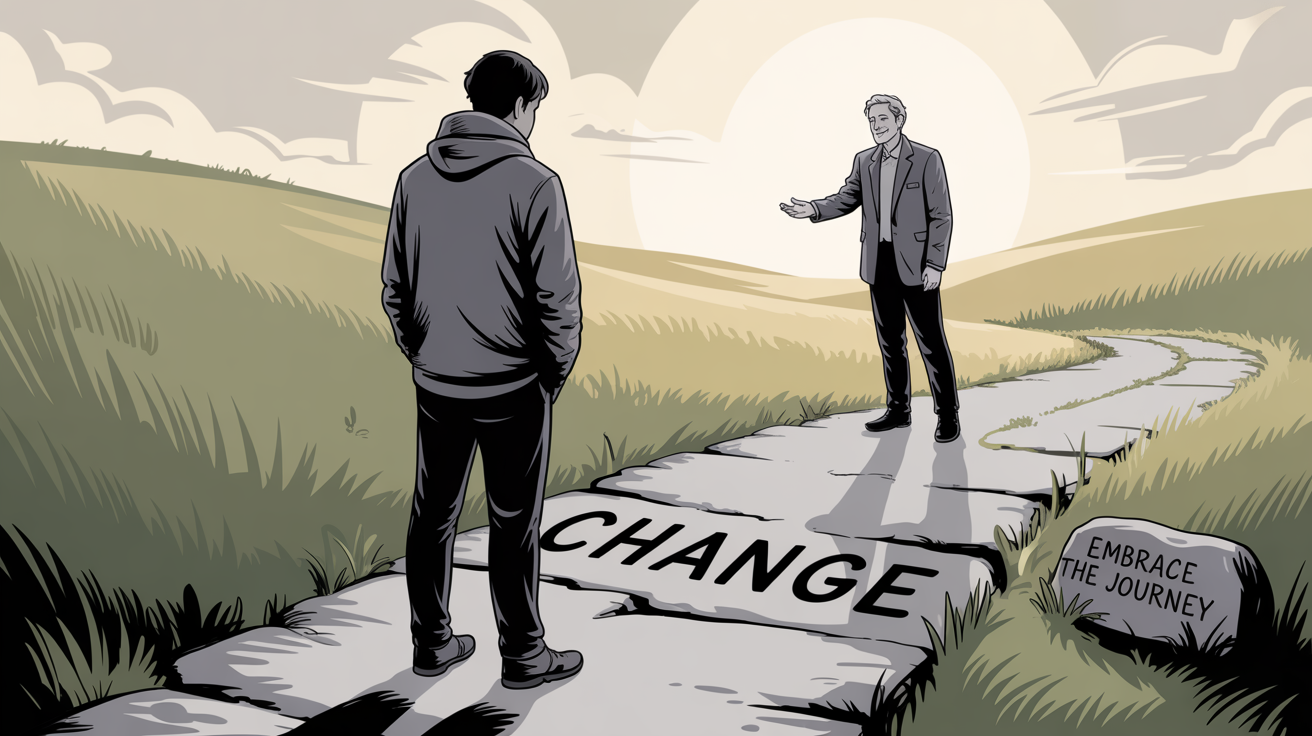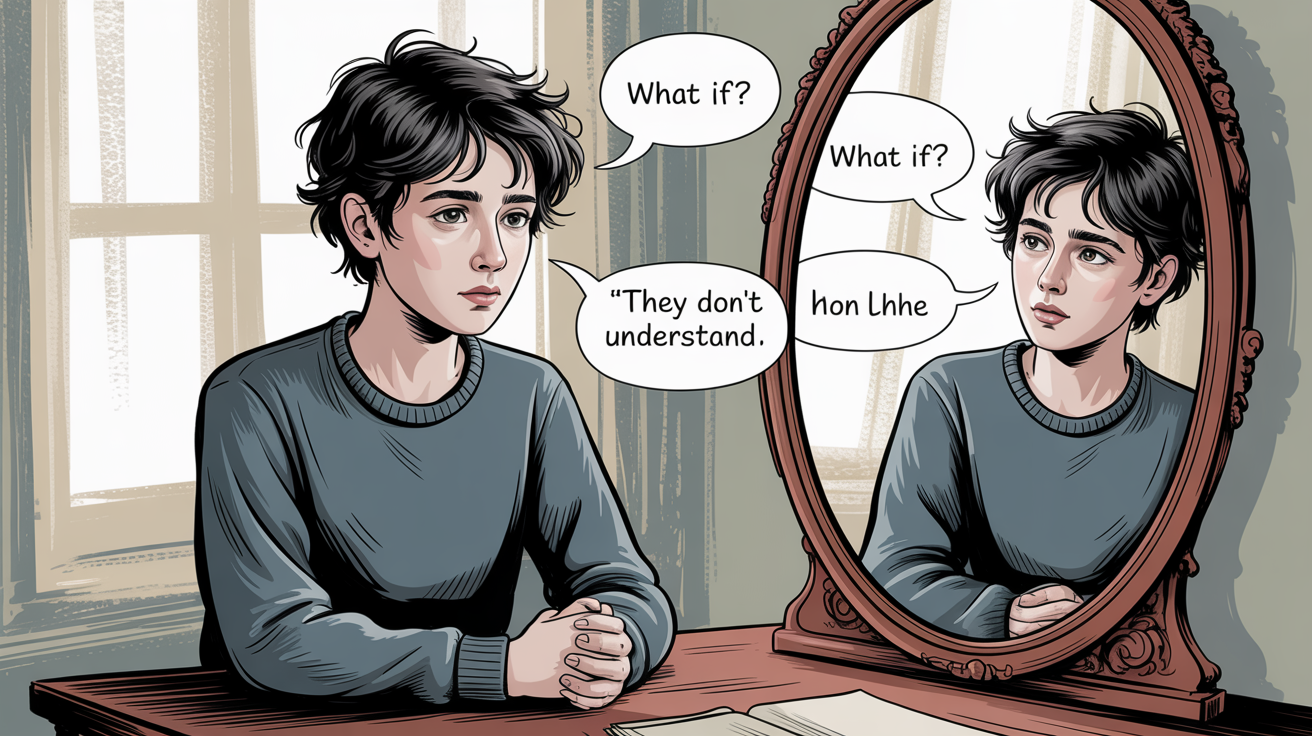Hey there, communication champs! 👋
We talk, text, snap, and post all the time — but have you ever stopped to think about how communication actually works? Let me walk you through the 5 basic building blocks of communication cycle. These are the core elements you’ll find in every communication situation — whether it’s a news anchor reporting live, or you whispering a secret to your bestie!
1. Source / Sender
Every conversation begins with someone who has something to say — that’s the sender. It could be a person, a group, or even an organisation.
The sender’s job is to encode the message — basically turn their thoughts into words, gestures, images, or sounds.
2. Message
This is the heart of communication — what’s being said.
It could be a joke, a question, a feeling, or even a warning. Whether you’re sending a meme or giving a presentation, that’s your message.
3. Channel / Medium
How does your message reach the other person?
That’s the channel — it could be your voice in a phone call, a text message, a YouTube video, or even hand gestures. The medium you choose can totally affect how the message is received.
4. Receiver
This is the person who’s receiving and interpreting the message.
They try to decode it, meaning they interpret what the sender meant. The receiver could be a single person or a large audience.
5. Feedback
Now here’s the fun part — communication is not a one-way street!
Feedback is the response the receiver gives — it could be a smile, a nod, a reply, or even silence. It tells the sender if the message was understood correctly.

💡 Bonus Insight: Going Beyond the Basics
Once you’re familiar with the core five elements, it’s time to explore the advanced side of communication —how well a message is truly understood. Here are a few more elements to know:
- 🌍 Commonality (from Denis McQuail): Communication works best when there’s some shared ground — a common language, cultural background, or mutual interests between sender and receiver.
- 👀 Perception: Every person interprets a message through their own lens of past experiences, beliefs, and expectations. That’s why two people can hear the same thing and walk away with totally different meanings.
- 🔣 Symbols: We use words, images, emojis, sounds — all of these are symbols that represent meaning. How we use and interpret these symbols forms the basis of communication.
- 🔊 Noise (Interference): This is any disruption in the communication process — it could be loud background sounds, a confusing choice of words, poor network signal, or even mental distractions. Noise can distort or block the message.
- 🧭 Context: This refers to the situation or setting in which communication happens — like the time, place, mood, or relationship between people. The same message can mean different things in different contexts.
- 🏞️ Environment: Similar to context but broader — this includes the physical and psychological surroundings, like a quiet library versus a noisy café, or a friendly vs. hostile atmosphere. All of these shape how communication plays out.
In short:
If the basic 5 elements are your communication toolkit, these advanced elements are like the hidden gears and settings that keep the machine running smoothly. They help you understand why communication clicks — or why it sometimes completely misses the mark!



